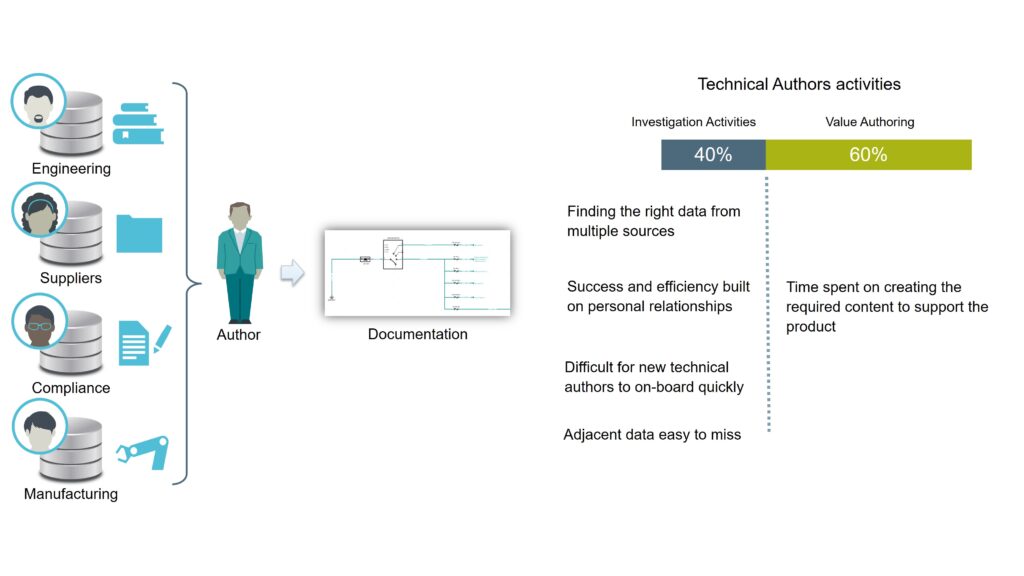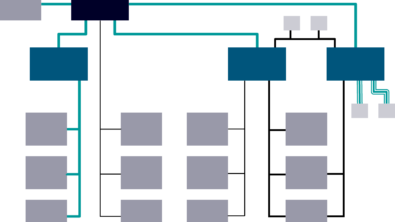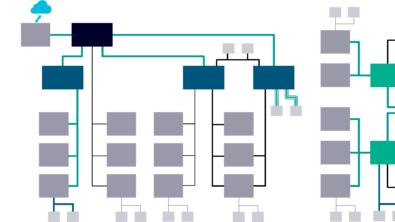Autonomous vehicle aftersales service and maintenance enhanced by the digital thread
The automotive industry has had to adapt to several disruptions, both large and small, over the last few decades. Disruptions can be caused by several factors, including breakthrough technologies, new trends in customer demands and changes in regulations at various levels of government. Early disruptions include the invention of power steering and anti-lock braking systems, as well as the sweeping environmental regulations of the early 1970s (figure 1). With each disruption, vehicles have tended to grow more complex as new features and functions increase the sophistication of each vehicle sub-system.

The steady growth of vehicle complexity has certainly amplified the challenge of designing and engineering modern cars. But, other parts of the automotive industry are starting to feel the pressure of change as well. Automotive aftersales and service and maintenance departments will need to undergo a significant evolution due to growing vehicle complexity and the increased importance of E/E features and systems. This is especially true for the maintenance and repair of autonomous vehicles (AVs), in which the safety of passengers, pedestrians and others is directly dependent on the functionality of the self-driving systems.
AVs bring unique and intricate challenges to the service environment that may require special training or bespoke processes to manage. Service technicians will need new techniques and expertise to diagnose and repair AVs effectively and, most of all, safely.
The impact to aftersales service and maintenance
Aftersales departments depend on high-quality technical documentation in the performance of their core duties. Today, the number of data sources that needs to be considered in the creation of technical documentation is growing in pace with the rapid development of vehicle technology. Technical authors must synthesize information from vehicle engineering, component suppliers, compliance data, manufacturing and more to produce useful documentation. Now, software updates, late engineering changes, and the sheer complexity of AVs have greatly increased the challenge of collecting, synthesizing and organizing all the necessary information into a form that provides value to the service technician.
Traditional methods of authoring technical content for aftersales (including technical documentation and service manuals) are disconnected and based on manual processes. This will not suffice as we move into the future of autonomous and connected vehicle maintenance. As vehicle complexity continues to grow, it will be critical to ensure that aftersales departments can quickly access all the information they need and apply it accurately to AV repair and maintenance.
In traditional processes, the technical author’s time is split between two primary tasks: investigation and ‘value authoring’ (figure 2).

Figure 2: In traditional technical authoring flows, authors’ spend a significant amount of time performing non value-add investigation tasks.
Investigation tasks are non-value-add actions. These tasks encompass any time and effort the technical author must spend chasing data and information around the organization. Technical authors often must rely on personal connections just to find the information they need to produce documentation. Investigation tasks not only waste the technical author’s time and energy, but also sap the time and energy of other departments as they help to gather and supply necessary information.
‘Value authoring’ tasks are those that involve the actual creation of technical documentation. Value authoring is the core competency of the technical author. It involves synthesizing various sources of data, organizing information and packaging it into technical documentation that will be provided to the field to service and maintain the products. In sum, technical authors are employed to perform value authoring tasks. Yet, in conversations with our customers, we have found that technical authors often spend up to 40 percent of their time on non-value-add investigation tasks.
New tools enhance autonomous vehicle documentation and service
A class of new design tools is focused on reducing the time and resources required to create technical documentation. Advanced examples, such as Capital Publisher, can reuse data directly from upstream engineering processes. Technical authors no longer need to manually import and organize information. All the necessary data can be imported and automatically laid out into accurate wiring diagrams. The robust digital thread underpinning these solutions ensures the accuracy of information and greatly accelerates both technical authoring and vehicle service processes.
Technical documentation and the service and maintenance of vehicles will only become more critical as AVs become more common. With advanced electrical systems engineering solutions, automotive companies can equip technical authors and service technicians with the tools they need to overcome the challenges of autonomous vehicle maintenance and service procedures. This will ensure that vehicles continue to operate safely and efficiently as they move people and goods throughout the world. To learn more about the benefits of contemporary electrical systems engineering software, download our whitepaper, A digital thread for autonomous vehicle after-sales service and maintenance.


